Spring Gardening Checklist for Beginners
Spring gardening is a busy time for all gardeners, but when you are a beginner, it’s even more important to have a spring gardening checklist to follow. Let’s go over the spring gardening tasks that you’ll want to make sure you do in order to have a thriving garden all year long.
If you are having a hard time keeping all your spring gardening tasks straight, or don’t even know what spring gardening tasks you need to do, you’ll love our Seasonal Task List. This task list will help you stay organized and will ensure you don’t miss an important gardening task.
Before we begin, if you’d like to watch a podcast episode instead about spring gardening checklist for beginners, you can watch it here:
Spring Gardening Checklist
Let’s go over our spring gardening checklist for beginners with these topics:
- Importance of Spring Gardening Prep
- Spring Gardening Tasks You Must Do
- Garden Plan
- Garden Beds
- Compost Acquired
- Trellis Purchased and Installed
- Seeds Purchased and Organized
- Evaluate Your Tools
- Fertilizer
- Irrigation Plan
- Crop Covers
- Early Spring Garden Prep
- Streamline Your Gardening Tasks
Don’t forget to snag your 2024 Garden Planner now to help you on your journey to do some effective companion planting this year.
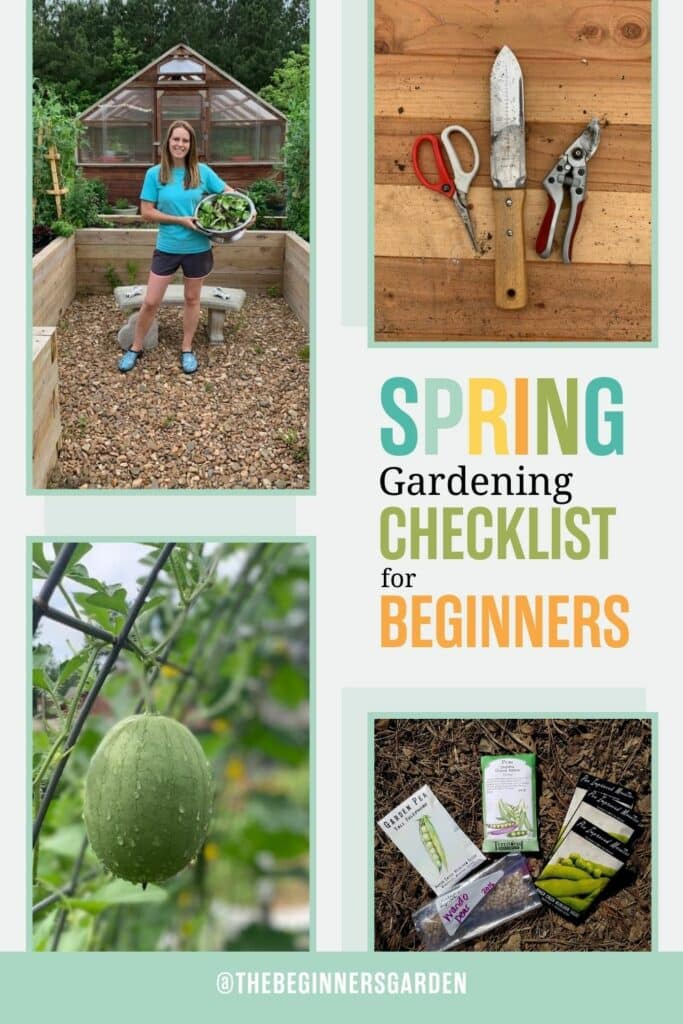
Importance of Spring Gardening Prep
It goes without saying that spring is the busiest time of the year for gardening. Although planting may seem to be the primary focus of the spring garden, that’s only part of it. You’ll need to prepare your garden for the growing season before you even plant the first seed or plant. Plus, other garden tasks require your attention that you’ll need to complete or have ready before summer.
Often as gardeners, we get busy, and some gardening tasks can slip our minds. It’s helpful to have a checklist to follow to make sure we don’t miss anything, especially during the busy spring time.
Spring Gardening Tasks You Must Do
Garden Plan
First on our spring gardening checklist is to make sure you have a garden plan completed for spring and summer, and potentially a rough plan for fall. As a beginner, you may not have a very detailed plan yet, but make sure you have some sort of a plan to follow.
As a minimum, you’ll want to make sure your plan includes at least what you want to plant for the summer garden and when you need to plant.
Why did I mention the fall garden already? The reason I suggested you have a rough idea of what your fall garden will include because in July when you need to start planting your fall garden, you’ll also be busy with other garden tasks. Between caring for your garden, harvesting, and fighting pests, weeds, and disease, you might get overwhelmed with all that you have to do and the fall garden slips your mind.
Having a garden plan for the year will help your gardening season go a lot more smoothly and I promise you will enjoy it even more.
Garden Beds
Second on the checklist is to get new garden beds are built, filled, and ready for planting. If you have pre existing garden beds, take time to repair them if necessary, remove weeds, and top off with new compost.
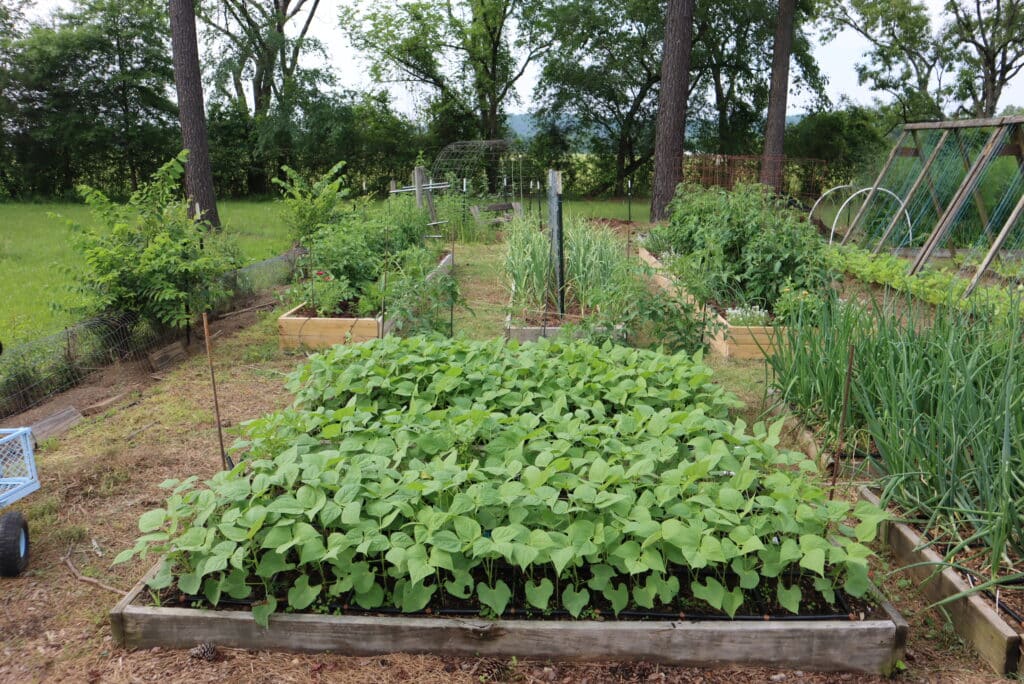
If you are new to raised beds and have questions about soil and filling techniques, you’ll love this blog post: How to Choose Quality Raised Bed Soil + Filling Techniques.
Compost Acquired
Next, you’ll want to locate and purchase your compost in addition to your soil. You will find through your growing season that your soil levels will drop as the season goes on, especially if you fill your beds with organic matter.
Having a source of compost ready and on site to top your bed off, two or three times per season, is ideal. Most gardeners do this when transitioning from one crop to another.
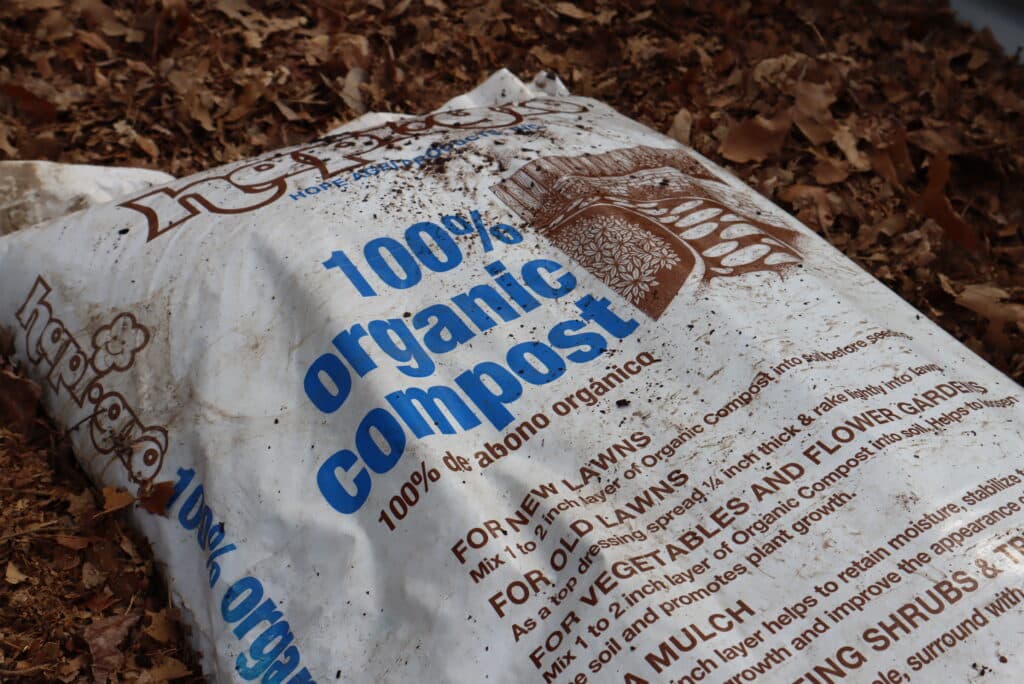
Compost is also great to mix into old soil and potting mix. Having compost ready and available throughout your growing season is very handy and will help your garden be successful. If you don’t have room to buy in bulk, just make sure you purchase a few extra bags of compost from the garden store to have on hand.
Trellis Purchased and Installed
The next item on our spring gardening checklist for beginners is purchase or build and install a trellis if you plan to do any vertical planting in your garden. Planting vertically is a great way to utilize extra space if your garden is on the smaller side.
For certain plants I recommend installing your trellis right away before you plant so that as soon as your crops sprout, they can start to grow onto your trellis. You only need a trellis if your plants require it, and then make sure you purchase the type of trellis your plants prefer.
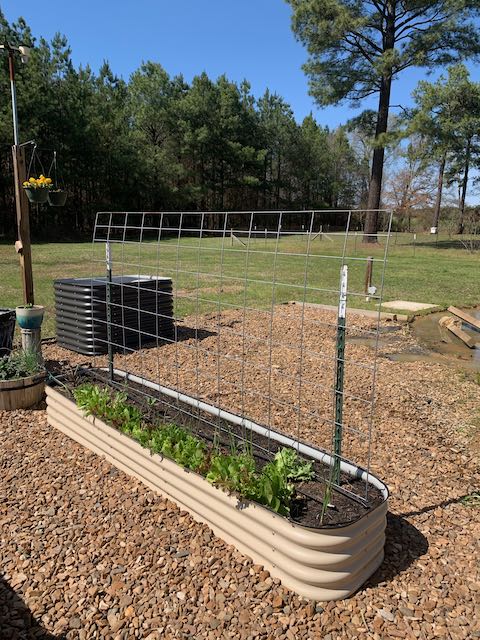
If you are not sure what type of trellis to get for your crops, you can check out this guide I have that will help explain it and give you inspiration for what might work best in your space: 6 Beautiful and Functional Trellis Ideas
Seeds Purchased and Organized
Next on our spring gardening checklist is to purchase all your seeds for the entire season. This is one task that I like to do at the very beginning of the season after I know exactly what I’m going plant.
After you get your seeds, select your preferred method to organize them. Consider using an over-the-door shoe organizer for your seeds. You’ll be able to easily see your seeds and find the ones you want as your planting season progresses. Trust me, you’ll thank me when the time comes to plant and you are organized and ready!
Evaluate Your Tools
Evaluating your gardening tools is the next item on our spring gardening checklist. Take stock of what gardening tools you already have and what gardening tools you might need to purchase this year.
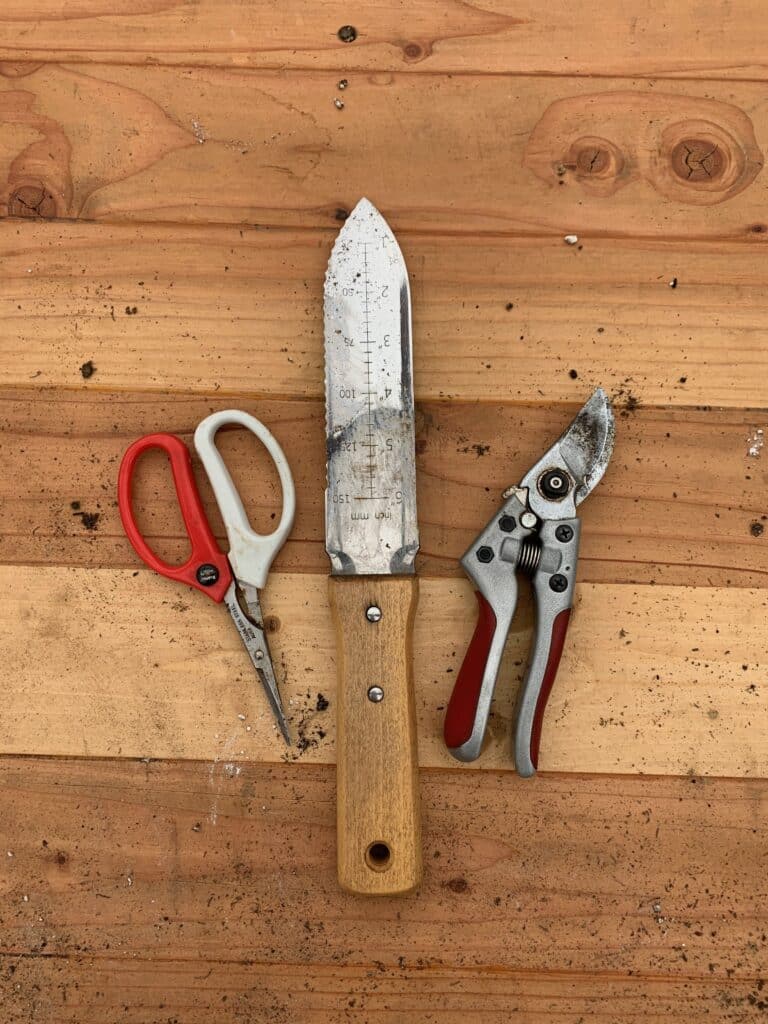
There is nothing more frustrating than getting to work in your garden on a job and realizing the tools you have are not getting the job done very efficiently, or maybe they just aren’t work very well at all.
Some of my favorite tools are trowel, pruner, snips, a wagon, harvest baskets, and also defense sleeves from Farmer’s Defense for pruning and harvesting. Check out the Farmer’s Defense Sleeves at my affiliate link here and use the code THEBEGINNERSGARDEN to get 10% off.)
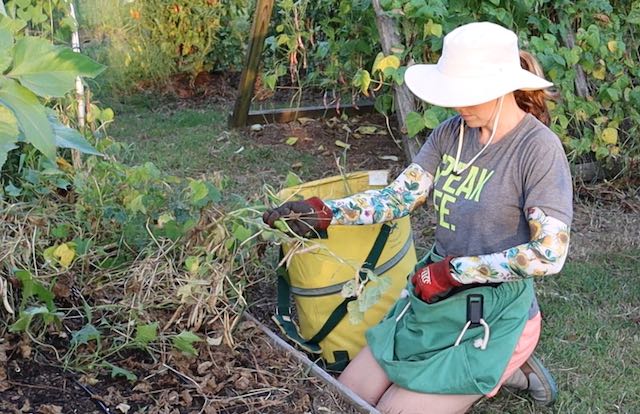
Fertilizer
It’s also important to make sure you have fertilizer on hand and ready for your growing season. I’d recommend you have Organic REV (affiliate link; code JILL10 will get you 10% off), which is a growth stimulant and can be used alongside other fertilizers, including their organic fertilizer, Eco Organic 321.
I’d also recommend you get a granular slow-release fertilizer (like Espoma’s Garden Tone) to use mid-season and also a liquid fertilizer for pots and containers.
Irrigation Plan
Next you’ll want to make sure you have an irrigation plan in place. If you are blessed to live in a climate with a lot of rain, you may not have thought about this yet. I don’t want you to get caught in the middle of the summer when it’s been a week with no rain and all of a sudden you are having to figure out how to water your crops.
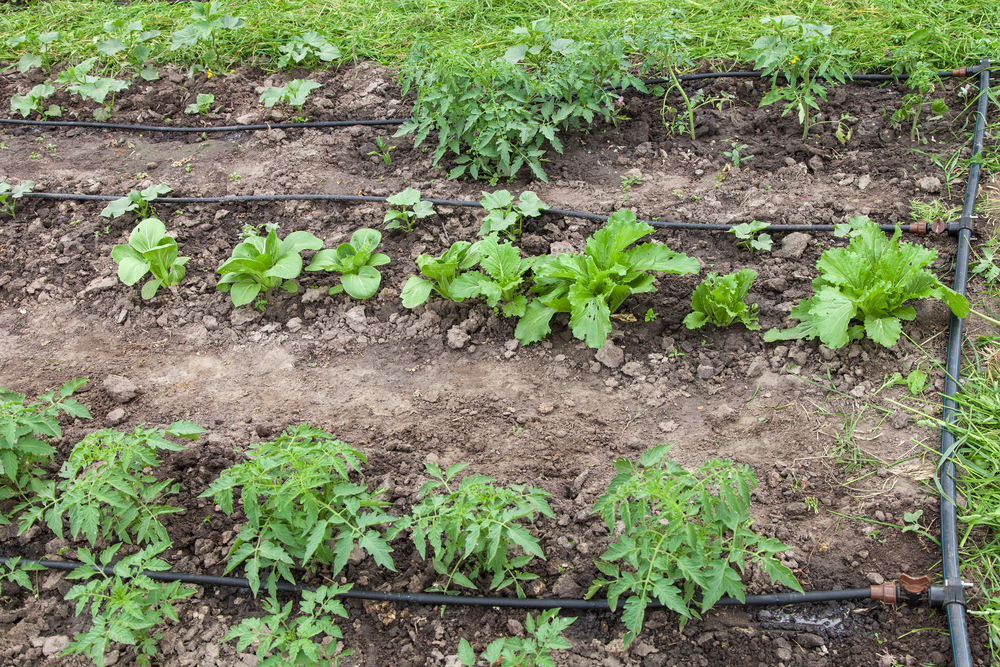
It’s just best to have an irrigation plan already ready before you plant so that when you need it, you can just turn it on.
Here are options for irrigation depending on your garden space.
Crop Covers
Finally, the last thing on our spring gardening checklist is to acquire all the crop covers you think you’ll need throughout the growing season. There are three types of crop covers you should consider: insect netting, floating row covers, and shade cloths.
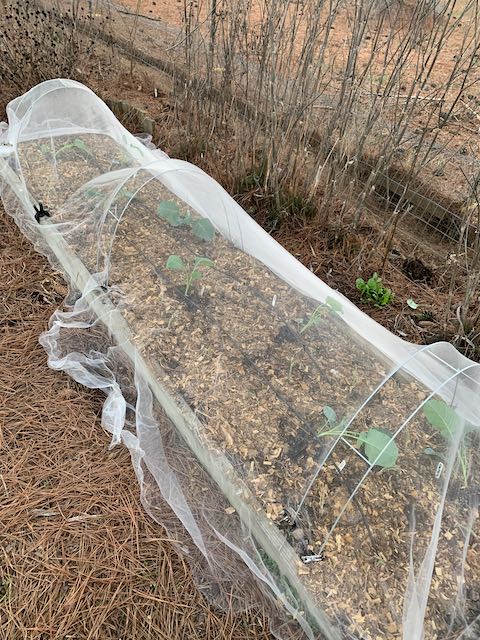
Insect netting is not going to capture any heat and is strictly used to keep insects out of your crops. It’s an organic way to keep insects out of your garden without having to use chemicals.
Floating row covers will actually trap heat so they are used to extend your growing season by using them in the beginning of spring and fall to protect your crops from frost.
Finally, shade cloths are very handy during the hotter months of the growing season. Most crops, even ones that love the heat, can benefit from a little bit of shade each day. Shade cloths will come in handy if you happen to experience a heat wave.
I purchase most of my row covers from Amazon. My favorites are listed here.
Early Spring Garden Prep
Besides all the tasks on our spring gardening checklist that you need to either do or acquire, there are a few other tasks that you’ll want to make sure you have completed in the early spring.
First, if you planted garlic in the fall, you’ll want to make sure you have cleared out all the weeds and mulched your garlic beds. Weeds will come up in the spring in your garlic bed and can affect growth.
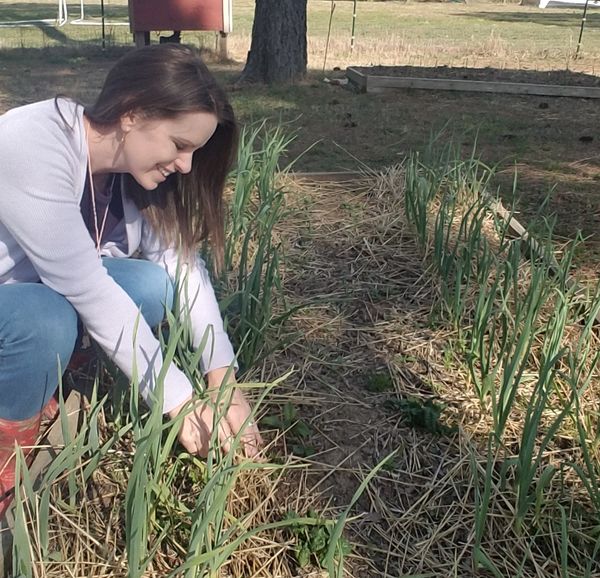
Next, you’ll want to make sure you have mulch on hand. Mulch is so good for your crops. Besides weed suppression, it helps regulate the soil temperature and moisture once the weather warms up.
You’ll also have organic pesticides handy if you start to experience a pest problem that handpicking and “wait and see” doesn’t solve. I like to have bacillus thuringiensis (BT) for worms, Diatomaceous Earth for pillbugs and some beetles, and Neem Oil or Horticultural Oil. I seldom use any of these, opting for as natural of a garden as possible, but I keep most of these products on hand should I need them.
Finally, make sure to plant any perennial crops and bushes that you want to see again year after year, like asparagus, strawberries, blueberries, and trees. Make sure you take some time to fertilize any existing perennials that you have, if they are in their second year or beyond.
Streamline Your Gardening Tasks
Remember, it’s crucial to recognize the importance of staying organized and prepared. Whether you’re a seasoned gardener or just starting out, having a clear checklist can make all the difference in ensuring a successful growing season.
A well-thought-out garden plan not only sets the stage for a bountiful harvest but also helps streamline your gardening tasks, allowing you to enjoy the process even more. Don’t forget to grab your Seasonal Task List to stay on top of all your gardening tasks.


